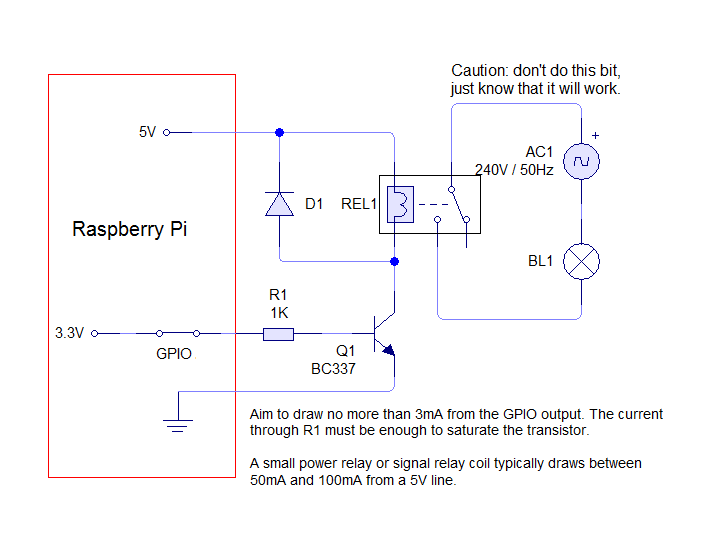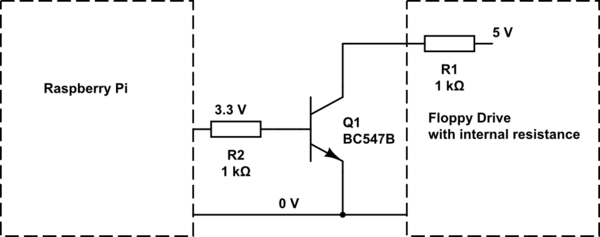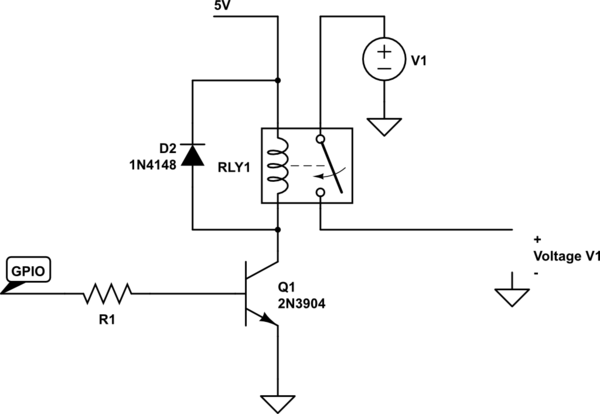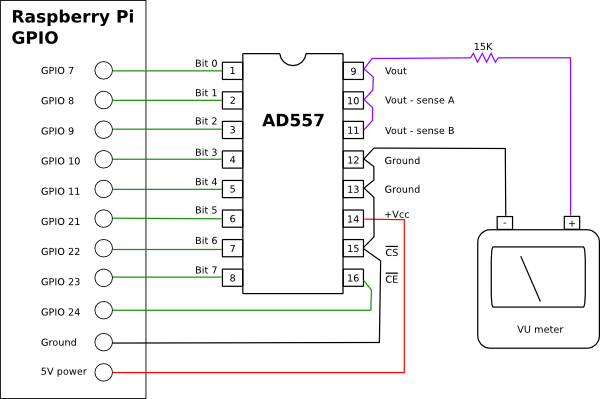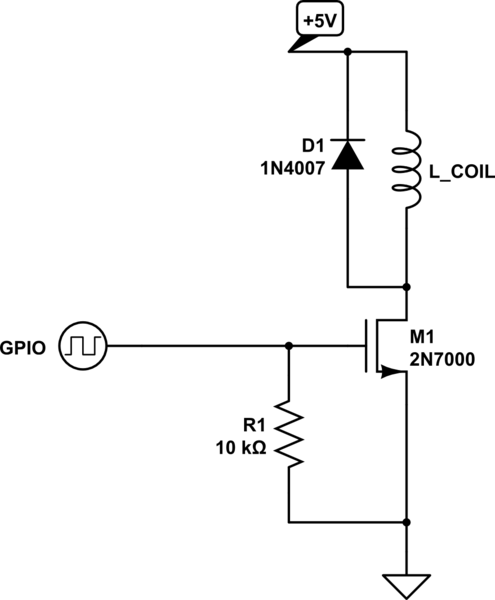
raspberry pi
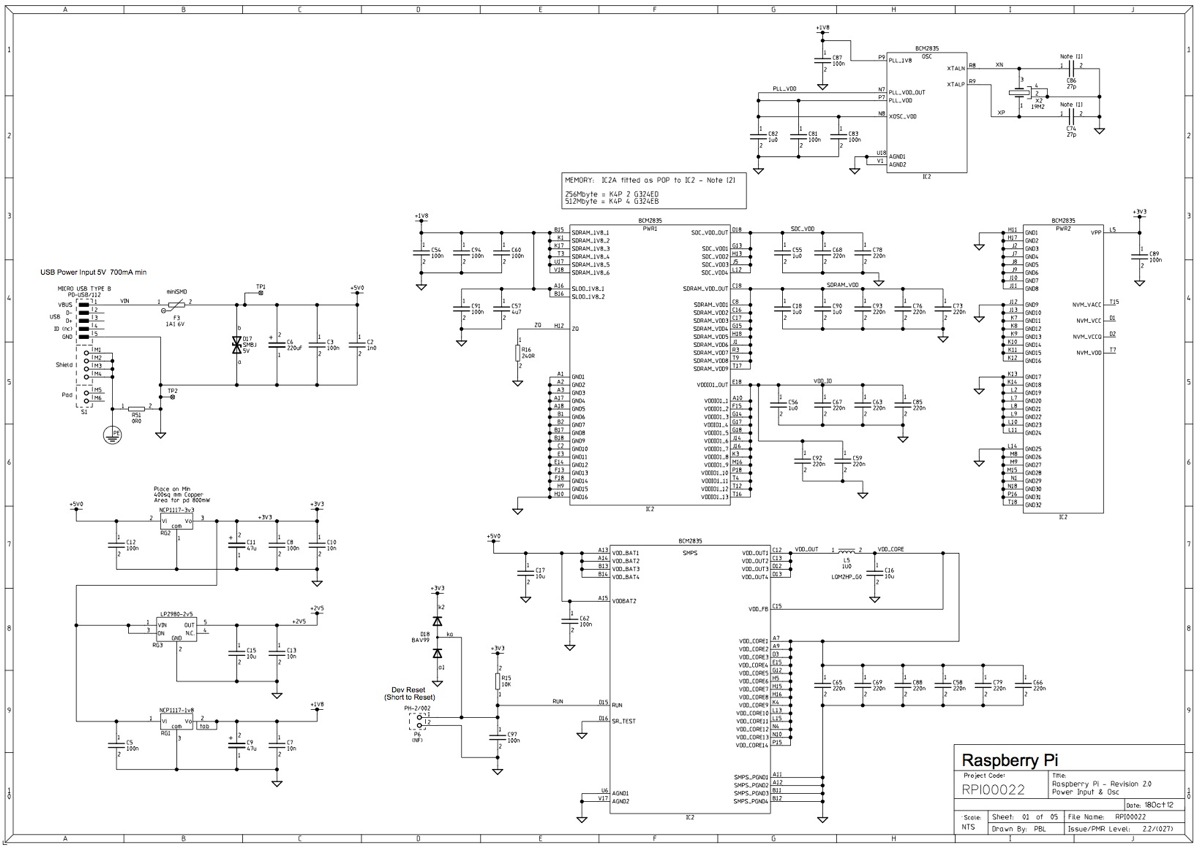
This post outlines the significant modifications implemented in the latest revision of the board. It is important to note that, while the option to incorporate additional signals into the expansion connector has not yet been utilized, developers of expansion boards should continue to regard pins 4, 9, 14, 17, 20, and 25 as DNC (do not connect).
The latest board revision introduces various enhancements aimed at improving performance and functionality. The expansion connector remains a crucial interface for developers, providing flexibility for future upgrades and expansions. It is essential for developers to adhere to the guidelines regarding the DNC pins to prevent potential issues in circuit operation.
The designation of pins 4, 9, 14, 17, 20, and 25 as DNC indicates that these pins should not be connected to any external circuitry in order to maintain the integrity of the board's design. This precaution helps avoid unintended interactions with other signals that may be present on the board, ensuring stable operation and reliability.
Future revisions may consider the addition of new signals to the expansion connector, which could further enhance the capabilities of the board. Developers are encouraged to stay informed about any updates regarding the specifications and functionalities of the expansion connector to fully leverage the board's potential in their applications.
In summary, adherence to the current guidelines for the expansion connector and vigilance regarding the DNC pins will contribute to successful implementation and operation of expansion boards associated with this latest board revision.This post describes the key changes introduced in the new board revision. Note that although we have not yet exercised our option to add additional signals to the expansion connector, developers of expansion boards should continue to treat pins 4, 9, 14, 17, 20 and 25 as DNC (do not connect). 🔗 External reference
The latest board revision introduces various enhancements aimed at improving performance and functionality. The expansion connector remains a crucial interface for developers, providing flexibility for future upgrades and expansions. It is essential for developers to adhere to the guidelines regarding the DNC pins to prevent potential issues in circuit operation.
The designation of pins 4, 9, 14, 17, 20, and 25 as DNC indicates that these pins should not be connected to any external circuitry in order to maintain the integrity of the board's design. This precaution helps avoid unintended interactions with other signals that may be present on the board, ensuring stable operation and reliability.
Future revisions may consider the addition of new signals to the expansion connector, which could further enhance the capabilities of the board. Developers are encouraged to stay informed about any updates regarding the specifications and functionalities of the expansion connector to fully leverage the board's potential in their applications.
In summary, adherence to the current guidelines for the expansion connector and vigilance regarding the DNC pins will contribute to successful implementation and operation of expansion boards associated with this latest board revision.This post describes the key changes introduced in the new board revision. Note that although we have not yet exercised our option to add additional signals to the expansion connector, developers of expansion boards should continue to treat pins 4, 9, 14, 17, 20 and 25 as DNC (do not connect). 🔗 External reference
